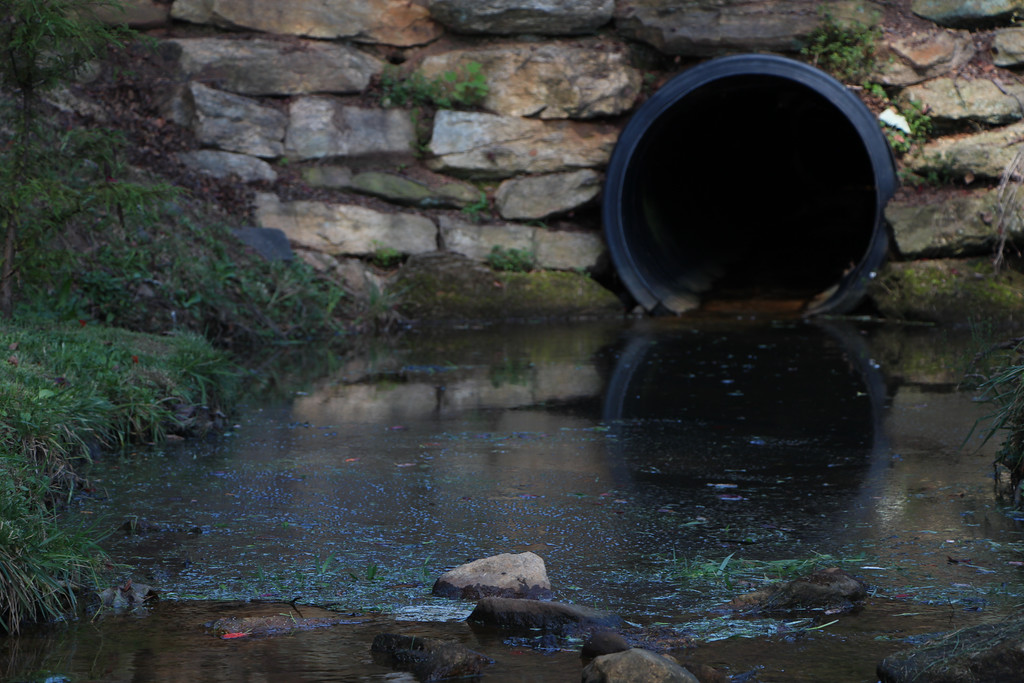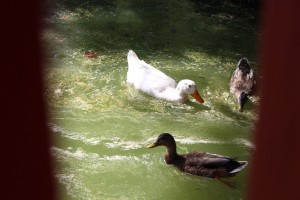
By: Travis Archie
Lake Hollifield is the body of water that resides between the back of the Tucker Student Center and the Student Suite and Apartment complexes. Many people play disc golf, fish or stroll along its banks. This lovely attraction to the campus has recently encountered some startling and disturbing rumors.
In the past two weeks since Fall Semester has begun, three cats and a few squirrels have been seen dead around the lake.

Photo by: Hannah Haggerty
With these occurrences, many people have begun to ask the question, “how toxic is Lake Hollifield?”
In an interview with Dr. David Judge, Professor of Biology, whose interests include, but not limited to Environmental Fate of Chemicals, Toxicology and Liquid Chromatography, explained what pollution means: “pollution occurs when chemicals are added to a solution that is harmful to humans or animals in that environment.”
In past years, Dr. Judge and his Ecology class sampled the water at Lake Hollifield and conducted a bioassay on the lake. A
bioassay is a test is conducted on living organisms, in this case the lake, to see the effects of substances within the organism. This is unlike a chemical assay which used to find out the chemical level of a substance.
The results of the bioassay concluded that Lake Hollifield did not contain toxins that are harmful to the environment or animals around it.
If Lake Hollifield had a serious pollution problem, we could not see the sensitive organisms. However, the class did find out that the lake had an above average level of plant fertilizer that is likely coming from homes along the stream that feeds into Lake Hollifield. But In this case, the main thing that was being affected is the algae population that is feeding off of the fertilizer, which, over time can change the color and cloudiness of the lake.

Photo by: Hannah Haggerty
When asked about the deceased animals that were found in the lake, Dr. Judge explained, ”when wild animals are about to die they sometimes go to a body of water and drink. So, when they die their bodies fall into the body of water they were drinking from. This also goes for cats even though we try to domesticate them. It is unlikely that the cats were killed by water from Lake Hollifield. If that were the case, we would likely see other dead animals such as the swans and fish.”
Even though Lake Hollifield does not look “picture perfect” up close, it is not a toxic waste dump that people may think it is. A possible way to make the lake look more appealing up close would be to reduce or eliminate the fertilizers used around the lake. But, as far as the scientific research on Lake Hollifield goes the lake appears to be safe.
